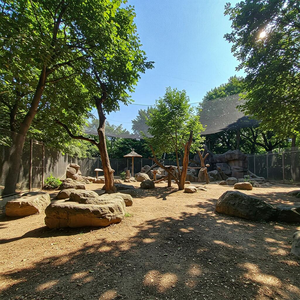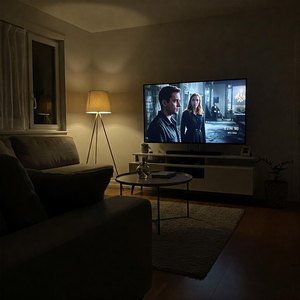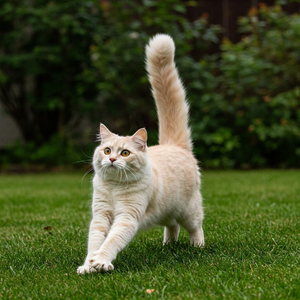
Defining Traits of the Boston Terrier Dog Breed
The origin of the Boston terrier dog breed is ancient; its ancestors were fighting dogs, crossing bulldogs with small terrier-type dogs. In the second half of the 19th century, a breeder, Mr. Robert C. Cooper of Boston, obtained the first recognised specimen of the Boston Terrier, whom he named Tom, from various crosses, including a White English Terrier dog (a breed that is now extinct), which had the following characteristics: white spot on the muzzle, as well as feet and chest, short ‘hooked’ tail. dark tiger-coloured coat.
This occurred in Boston and hence its name. In the early 1900s, the Boston terrier was the most popular dog in the United States. In 1976, the year of the bicentennial of the Declaration of Independence of the United States of America, the Boston terrier was chosen as the symbol of the event, and in 1979 it was designated as the official dog of the state of Massachusetts, also becoming the de facto mascot of countless colleges and their sports teams.
This is a very nice indoor dog, as it does not need large spaces and has few demands; it is also an excellent guard dog.
Character of the Boston terrier dog breed
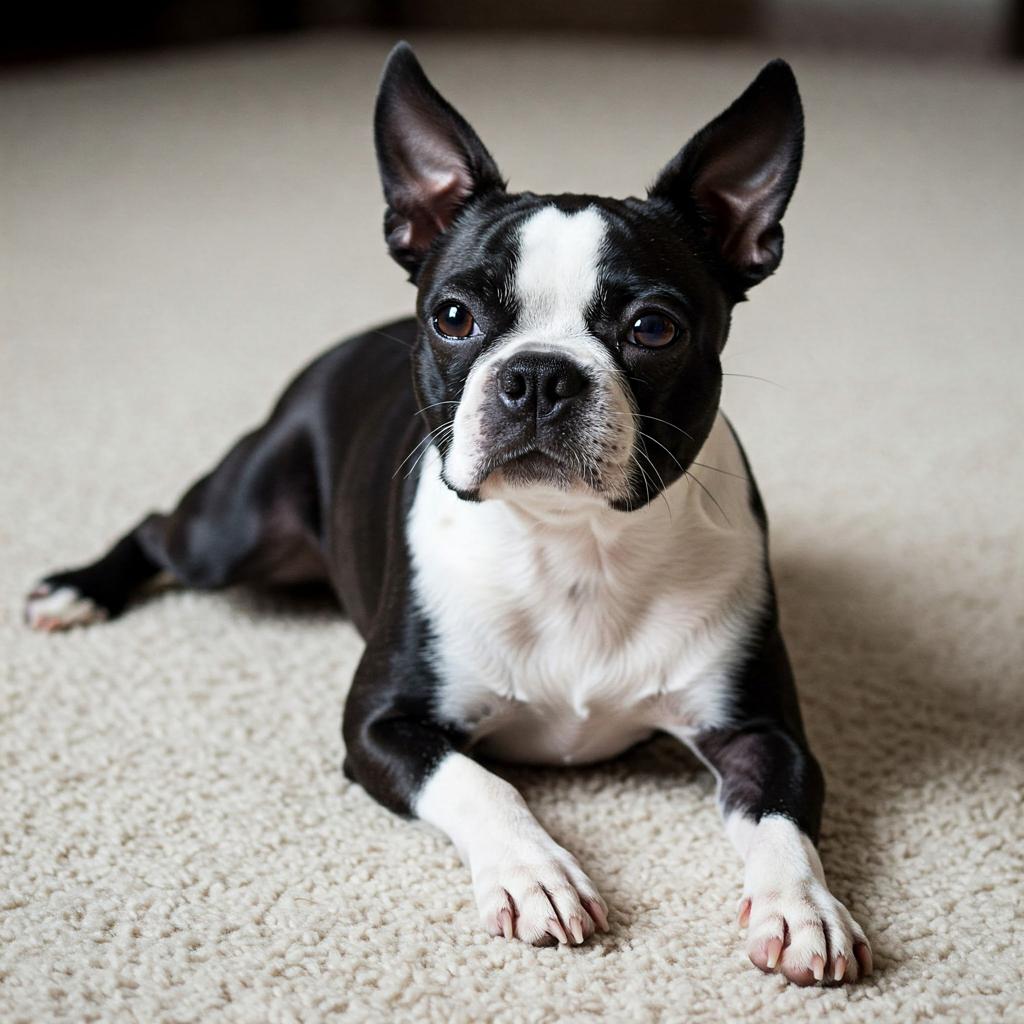
He gets along well with everyone, even with dogs and other pets, provided he has been trained and socialised at an early age. He is also ideal for elderly people, as he is not very demanding. He certainly likes to go out, run and play outside, but he also adapts to being close to his human quietly.
He is not a dog that can be left alone for several hours, he suffers a lot from loneliness, but given his small size and adaptability he can be taken anywhere. It is polite and easy to train, but also on occasion a steadfast guardian, attentive to noises and new people, so an excellent watchdog, very brave.
Perfect therefore for a person with first experience with a dog. Indeed, educating a Boston terrier is easy, because this dog is really intelligent and is constantly learning new things. Its lively character brings a breath of fresh air into the home.
Appearance of the Boston terrier dog breed
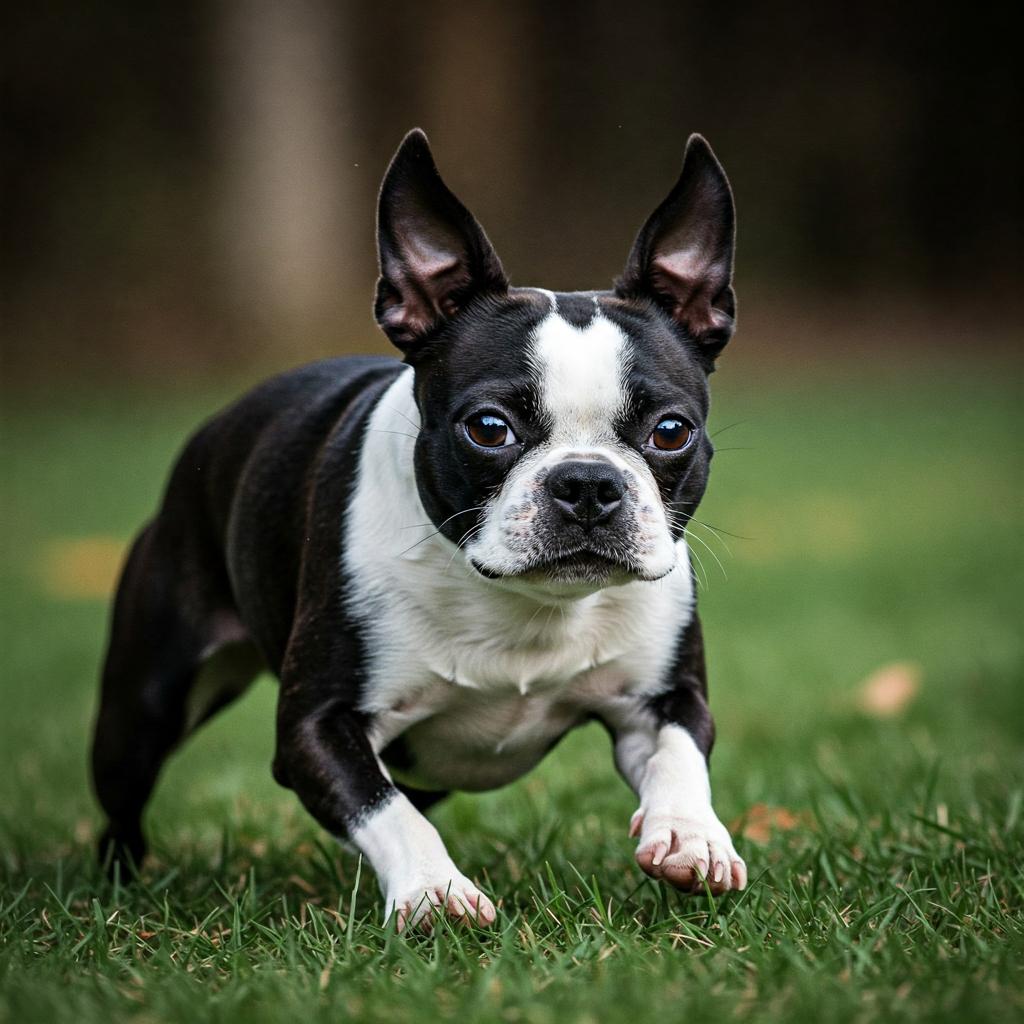
It has a square skull, a short muzzle and slightly prognathic teeth. The eyes are prominent and dark, very large and expressive, the ears are small and straight, the legs slender and the tail very short.
This dog's coat is short and fine, very shiny and soft to the touch. It requires no special care unlike that of other breeds. The colour is tigerish with pleasant white spots on the head, chest and tail. In fact, this dog i is nicknamed the ‘gentleman of dogs’ because its black and white coat resembles a dinner jacket.
Care and health of the Boston terrier dog breed
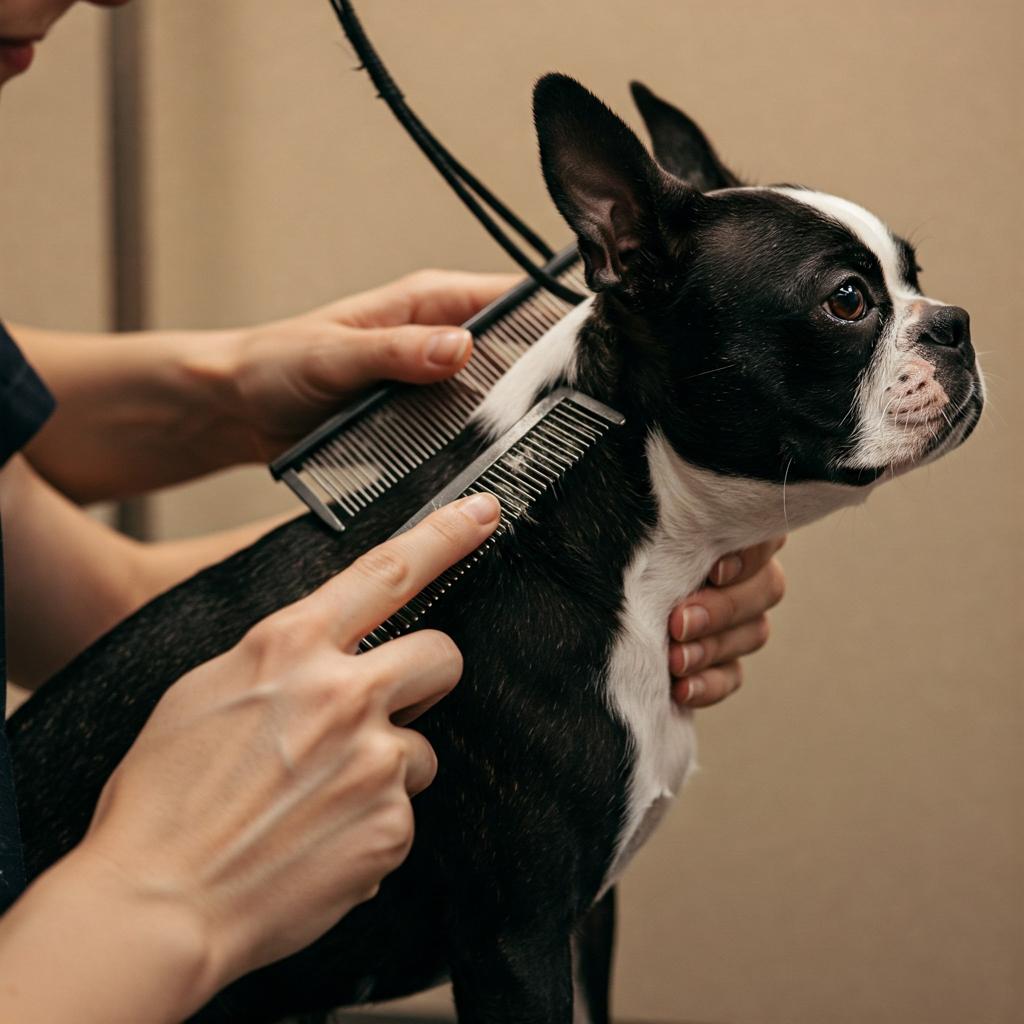
Necessarily, it must live exclusively indoors, as in addition to heat, it is also very afraid of the cold, due to the short, shaggy coat it has, which does not shelter it much. He does not need much physical exercise, but a couple of walks a day will be very welcome.
The hair loss, which is moderate, is accentuated in spring and autumn, when it is advisable to brush him daily. At other times, once or twice a week is sufficient.
As far as nutrition is concerned, the Boston terrier may have a tendency to put on weight if particular attention is not paid to feeding it according to daily exercise and movement.








